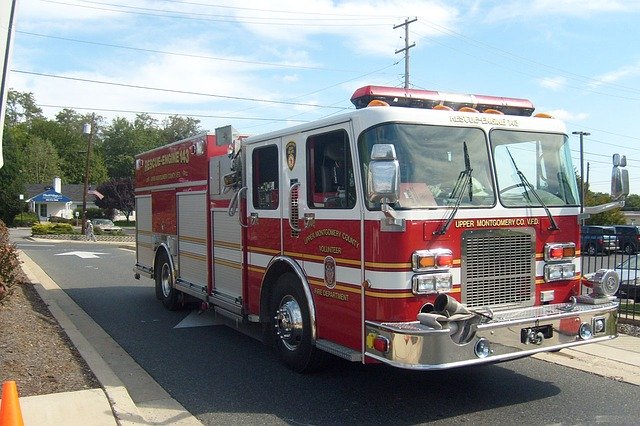
As we all adjust to new rules for social distancing in this new economy, the corrugated box industry has worked tirelessly to move necessary products safely from place to place. Not only do businesses rely on well-made cardboard packaging for the shipment of goods, but hospitals and pharmacies also receive essential products like masks and medicines in carefully packed shipments. Now, too, many individuals have turned to online venues to provide them with cleaning supplies, food, and paper goods, increasing the demand for cardboard shipping boxes.
How are boxes made?
Cardboard manufacturers use recycled or virgin paper to create a flute. That’s the name of the wave-shaped structure you see inside the walls of a cardboard box. Paper feeds through a corrugated roller machine to make the fluted cardboard. The roller machines use a similar technique previously used to add ruffles to hats. Many different kinds of flutes provide different levels of strength and cushioning to finished boxes. Boxes can have one or two layers of fluting.
Continue reading “Cardboard is Everywhere These Days”


You must be logged in to post a comment.